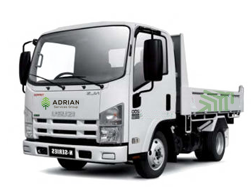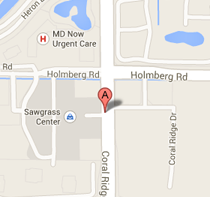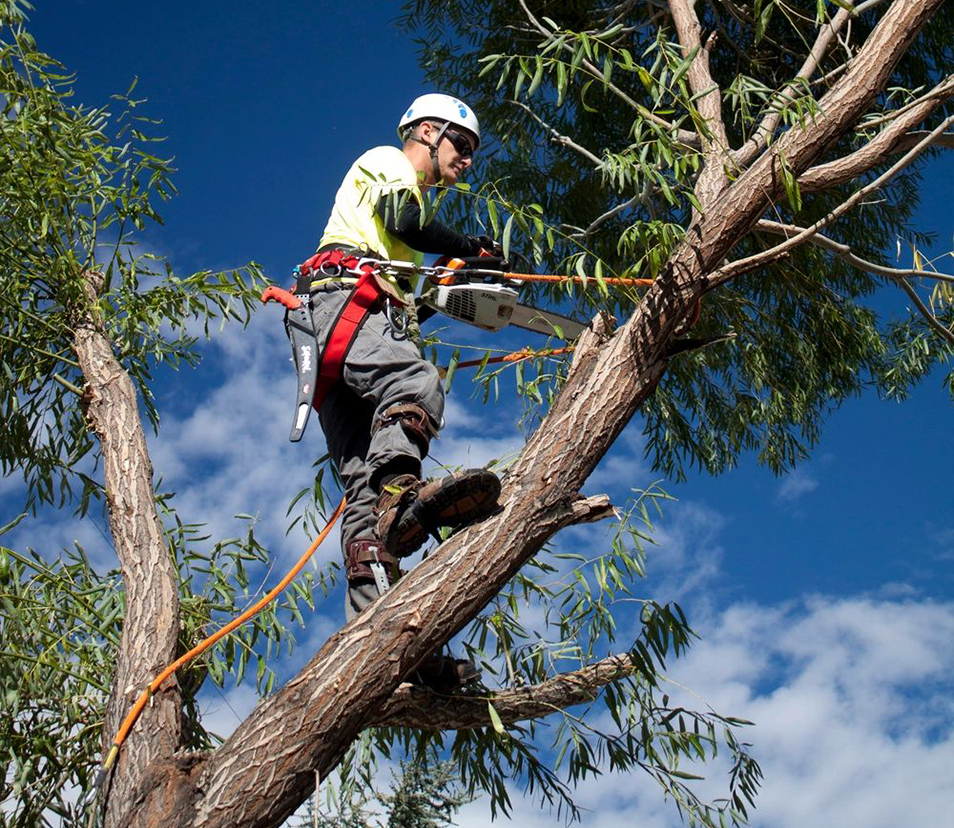Specialized tree care by certified arborists.
Trees are the most majestic part of any landscape. Keeping them healthy and picturesque requires specialized care and attention. Adrian Landscape’s certified arborists provide expert consultations, installation, pruning, maintenance, and removal to ensure your trees remain healthy and beautiful all year round.
Services Offered:
- Tree Pruning
- Tree Installation
- Tree Replacement
- Tree Preservation
- Tree and Stump Removal
- Tree Lightning Protection
Fill Out the Form Below for More Information



